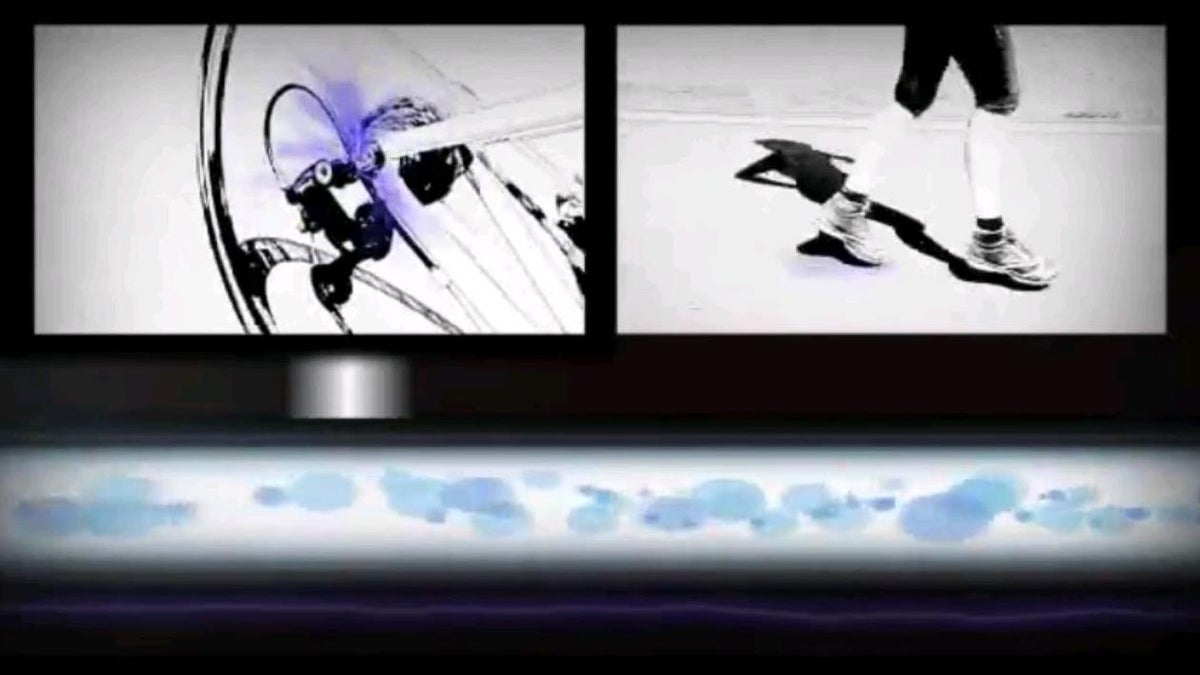Ha, good one! IBM predicts people-powered homes
IBM's 5 in 5 predictions say harvesting energy from human motion will power homes and ocean power will leap ahead but even dramatic advances will still fill only a portion of our energy needs.

The computing giant today announced its "IBM 5 in 5" predictions of five technology developments in the next five years. The most provocative is mind reading, to understand brain disorders, or where sensors will be able to translate people's thoughts into actions, such as operating a computer.
The least plausible perhaps is the idea that homes will be powered by human motion. In a video on its "People power comes to life" prediction, an IBMer says "you will be able to power your house with the energy you create yourself."
How will this happen? IBM says the answer is so-called parasitic power collection, where energy is harvested into a battery during bike riding or even from the water flowing through a home's pipes.
In a blog post describing this scenario, IBM then makes the leap to harvesting the power of the ocean. Never mind that it's completely unrelated to micro energy harvesting, the power of the ocean is "virtually limitless."
As much as I'd like to agree with IBM's prognostications, I'd like to offer a dose of reality, which has to do with something IBM knows quite a bit about: scale.
Piezoelectric materials can actually draw energy from vibration. There are a multitude of efforts to harness energy from this effect, including subway pavements and sneakers that hold tiny sensors. So this is technology with real potential. But consider the scale of things.
The average U.S. home consumes more than 11 million watt-hours a year. You'd need a whole lot of energy-harvesting sensors, each drawing a tiny stream of wattage, to "power your house." Some day soon you could charge your iPod or perhaps even your laptop, but unless we go on drastic energy diets, this sort of "people power" will not run a house.
Tidal and wave power is also viable technology with the potential to supply many millions of homes in the U.S., but it is not limitless.
Here's an idea of how it stacks up against consumption: University of Cambridge professor David MacKay modeled how much energy is available from tidal and wave power in the U.K., which is blessed with substantial hydrokinetic resources. He estimates that wave power in the U.K. offers one fifth the potential of wind power and that wave energy is about one tenth of what the U.K. consumes driving cars.
And don't forget, most things don't operate in the time scale of Moore's Law when it comes to energy. There are already wave and tidal energy devices generating power and delivering it into the grid. But the development process to bring this technology to scale spans many years, given the technical and financial challenges (new energy technologies are more expensive than fossil fuels) and the need to assess the environmental impact.
So enjoy IBM's thought-provoking predictions--but know that, as many energy experts point out, transitions in the energy system are measured in decades even with multiple technical advances. Ultimately, predictions are meant to be provocative, and if IBM got us all to consider the potential of "waste energy," then the company got at least that right.

